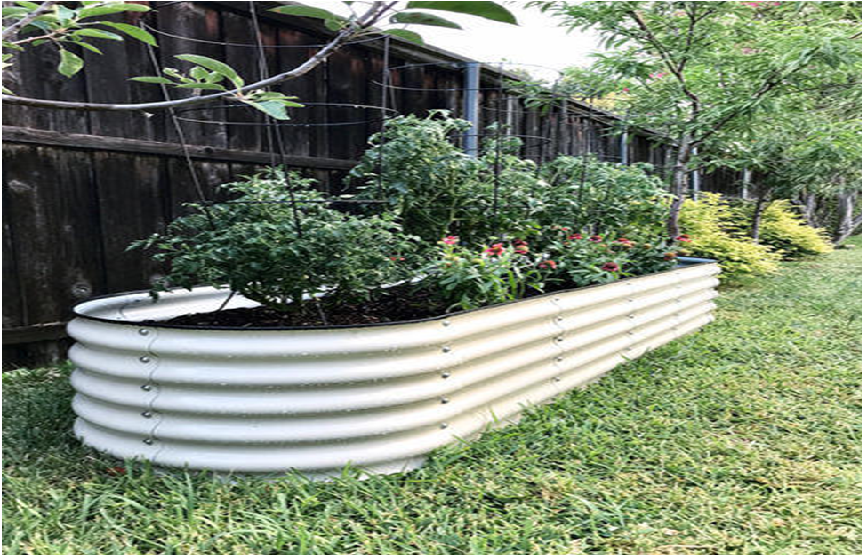Excellent Reasons to Use Raised Beds in Your Garden
An elevated bed, as per definition, is a bed for gardening built instead of descending into a position that addresses every gardening problem. The way to make raised beds is simply by stacking soil in a heap or using boxes to protect and hold the garden soil. Garden Box is typically associated with raised beds because walls or materials almost always need to be employed to ensure the quality of the bed as time passes.

Whatever you decide to call them, raised garden beds are beneficial to gardeners of all kinds. Here are a few of the many advantages to have raised beds:
A no-tilling approach is better for soil.
Raised beds are elevated beds is a means to set up your soil to allow for the simplest gardening you can do–the ‘ zero-work kind. Instead of cultivating the soil each the following year to incorporate fertilizer or amends, gardeners generally keep their raised beds in good condition by simply putting materials over the top.
Your back will be grateful.
It’s amazing how much knee and back strain can be caused by Gardening Store, especially an enormous one. It can cause serious injury in the course of the course. An elevated bed, specifically at least 12” high, will help relieve joint and back discomfort. Anyone keen on farming as a profession should be aware of the potential harm on your spine that organic agriculture may create through hand-weeding. Take a look at raised beds as a way to invest in your overall health.
Raised beds look prettier.
It may appear to be just a matter of vanity, but having better beds could serve some practical benefits. In cities, particularly in the case of trying to make it work with the front yard’s gardening, the raised bed may be necessary to keep your neighbors content. Raised beds can also create paths much easier to maintain since there’s a distinct line that runs between your bed and the walkway.
Raised beds can help keep out the critters.
Slugs can climb, but the tall sides of a garden box slow them down and give them the chance to slow them down. Many gardeners believe that slugs don’t get caught on flashing copper, which could limit the box’s space. You could also put some hardware cloth at the bottom of your box to prevent crawling creatures such as groundhogs from taking roots crops.
Raising your soil means better drainage.
A raised garden might be the only solution to ensure a long growing season in areas prone to flooding or with many marshes or areas with a lot of water. The most common depth for a raised garden bed would be 11 inches that are about one inch lower than the sides of the 12” tall garden box. It will provide enough drainage for most crops and allow plants about a foot more room to breathe in wet conditions. Raised beds can also drain more efficiently, even during heavy rains.
You’ll have less crabgrass and weeds.
Tilling can increase the number of plants by burying seeds of weeds and giving them the ideal opportunity to spread. Growers who have succeeded in raising beds recommend covering their beds with mulch cardboard and black plastic in the spring to eliminate any plants growing during winter. If it’s time for the planting process, you can take a rake and remove the dead weeds before allowing them to go to seed. The most effective method to combat crabgrass is by constructing the use of a raised bed. Install a weed barrier at the bed’s bottom at a minimum of 10” in height to prevent the grass from getting into the.



